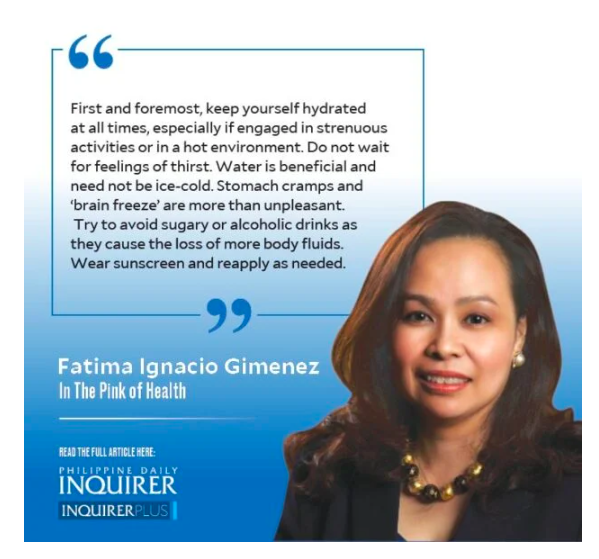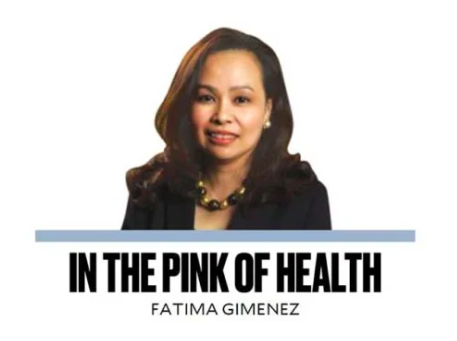
Doktor, gumising ako at hindi ko na magalaw yung mga paa ko.” At the ER, the attending physician noted the following: Patient was 35 years old, nondiabetic but diagnosed recently as hypertensive, had no other known comorbidities, and currently works in the construction industry. Asked for any previous history of having experienced the same condition, he replied in the negative. There were no other pertinent physical findings except for the inability to raise his legs fully. The doctor noted his medications and ordered complimentary tests, which eventually revealed an electrolyte imbalance. He was managed accordingly and discharged improved with a final diagnosis of heat-related illness. The heat index the day before had registered at 42 degrees Celsius and he had spent the whole afternoon repairing the roof.
Heat-related illness. This condition is a spectrum that can range from being mild such as experiencing heat rash, heat cramps, or heat syncope wherein people faint from heat exposure to heat exhaustion, which can be very concerning, to heat stroke, which is life-threatening and a medical emergency. All of these may arise from the body’s inability to thermoregulate from excess exposure to endogenous heat (heat generated from metabolic activities) and/or exogenous heat which come from the environment. On the latter, think of the frequency of heat waves brought on by climate change and the consequences. If numbers will serve to impress, according to an article published in the New England Journal of Medicine last September, “In the past 20 years, there has been a 54 percent increase in heat-related mortality among persons older than 65 years of age and more than one-third of all global warm-season heat-related deaths are attributable to climate change.”
Who is most at risk? Anyone may experience the illness but it would be helpful to note that certain factors favor increased susceptibility. Individuals greater than 65 years of age and older, young children, infants, pregnant women, athletes, persons with preexisting medical conditions, on diuretics, obese, who work outdoors and are exposed to areas that amplify heat, and who lack access to cooling systems are but some that places one at a higher risk.
What are the signs? For one that has experienced heat exhaustion, allow me to share. I had an extreme headache, felt faint and nauseated, generalized body weakness, an increased heart rate, and felt feverish. The skin on my back and face felt overly stretched and in need of a gallon of moisturizer. These were the just rewards of my having ignored the need to rehydrate after having had too much sun from an afternoon enjoying the beach and replacing sunscreen with soda to experiment if I could get that fashionable “healthy tan.“ Remembering the summer of 1984 makes me feel extremely uncomfortable for it was an incident that was avoidable and was one step away from heat stroke. Mental changes such as confusion, delirium, and an increase in core body temperature of greater than 40 degrees Celsius differentiate one from the other and I was dangerously close.
Preventive measures. These reminders are applicable across all age groups. First and foremost, keep yourself hydrated at all times, especially if engaged in strenuous activities or in a hot environment. Do not wait for feelings of thirst. Water is beneficial and need not be ice-cold. Stomach cramps and “brain freeze” are more than unpleasant. Try to avoid sugary or alcoholic drinks as they cause the loss of more body fluids. Wear sunscreen and reapply as needed.
In addition, stay abreast of the heat index forecast, wear loose and light clothing, stay indoors in areas with sufficient cooling systems, and for individuals whose occupation warrants frequent outdoor exposure, schedule activities at times when temperatures are more forgiving or take that needed break under the shade. In dealing with persons who are more vulnerable, educating both the patient and caregiver is valuable. Monitor for symptoms of heat-related illness. Heat stroke may mimic other medical conditions and prompt recognition is of immense value to prevent unwarranted complications.
We are at the mercy of an impending El Niño. Let us not contribute to the burning health statistics.
timgim_67@yahoo.com
